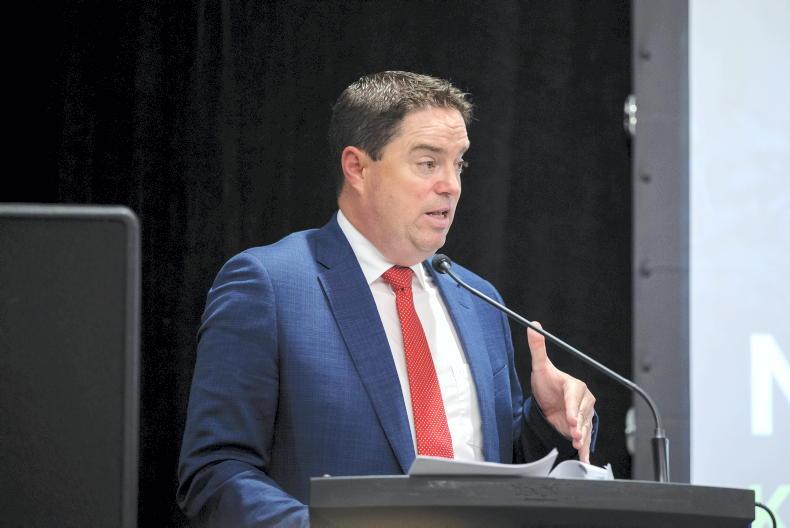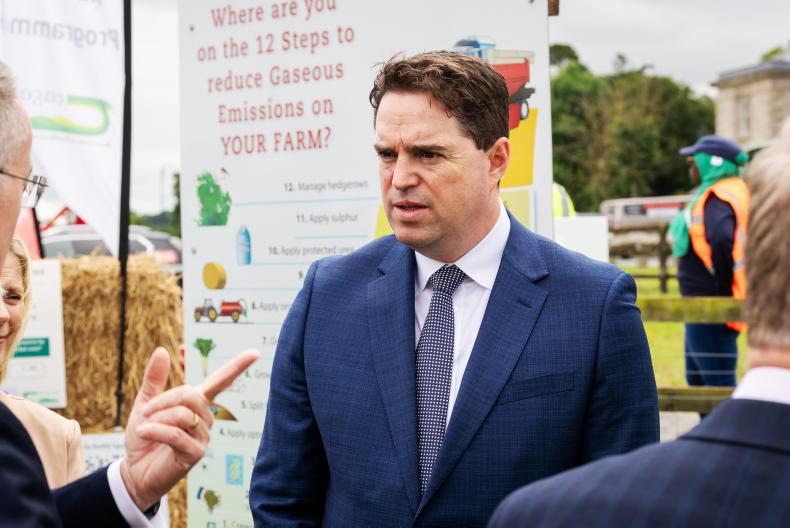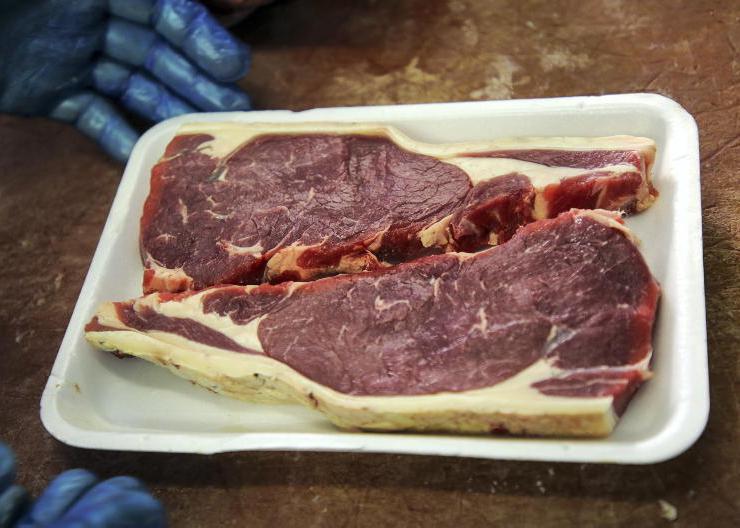A flat-rate tillage payment is among suggestions put forward to the Minister for Agriculture to help to maintain and increase the country’s tillage area.
The payment was suggested to give farmers and the industry supply chain confidence to plant and purchase inputs for the season ahead. Reports are that stocks of P and K sit at extremely low levels ahead of the winter planting season as fertiliser is not being ordered.
A sub group of the national fodder and food security committee heard last week that breakeven costs of production are estimated at €202/t for winter wheat and €200/t for spring barley for 2023 and are of course subject to change in a volatile market.
Teagasc figures estimated cost increases of 63% from 2021 on a typical tillage farm, or put another way, a tillage farm in 2023 with 100ha will see costs increase by €69,500 to €183,000.
The group put forward seven main proposals to the minister:
Introduction of a flat-rate support payment and/or risk management measures.Continue with a Tillage Incentive Scheme with the aim of keeping land in medium to long-term tillage production.Continue support for protein crops.Continue straw incorporation supports and expand and increase payments.Wider eligibility and increased investment ceilings for tillage machinery, equipment and facilities with a focus on basic equipment for those entering tillage.Develop the processing sector and create opportunities for Irish-grown crops within higher-value food chains.Work on the carbon footprint calculations on Irish grains to add value to product.The group also called for clarity around the CAP for 2023.
The Irish Grain and Feed Association was keen to point out the need for accurate carbon footprint data to be accredited under the Global Feed Life Cycle Assessment Institute (GFLI) to meet consumer demand and add value to Irish grain.
Farm organisations were keen to point out that maintaining tillage area would be a difficult task and that tillage farmers need support to maintain and increase area. They added that an increase to the straw incorporation measure’s area was unlikely to impact on straw markets and would help with carbon storage.
A flat-rate tillage payment is among suggestions put forward to the Minister for Agriculture to help to maintain and increase the country’s tillage area.
The payment was suggested to give farmers and the industry supply chain confidence to plant and purchase inputs for the season ahead. Reports are that stocks of P and K sit at extremely low levels ahead of the winter planting season as fertiliser is not being ordered.
A sub group of the national fodder and food security committee heard last week that breakeven costs of production are estimated at €202/t for winter wheat and €200/t for spring barley for 2023 and are of course subject to change in a volatile market.
Teagasc figures estimated cost increases of 63% from 2021 on a typical tillage farm, or put another way, a tillage farm in 2023 with 100ha will see costs increase by €69,500 to €183,000.
The group put forward seven main proposals to the minister:
Introduction of a flat-rate support payment and/or risk management measures.Continue with a Tillage Incentive Scheme with the aim of keeping land in medium to long-term tillage production.Continue support for protein crops.Continue straw incorporation supports and expand and increase payments.Wider eligibility and increased investment ceilings for tillage machinery, equipment and facilities with a focus on basic equipment for those entering tillage.Develop the processing sector and create opportunities for Irish-grown crops within higher-value food chains.Work on the carbon footprint calculations on Irish grains to add value to product.The group also called for clarity around the CAP for 2023.
The Irish Grain and Feed Association was keen to point out the need for accurate carbon footprint data to be accredited under the Global Feed Life Cycle Assessment Institute (GFLI) to meet consumer demand and add value to Irish grain.
Farm organisations were keen to point out that maintaining tillage area would be a difficult task and that tillage farmers need support to maintain and increase area. They added that an increase to the straw incorporation measure’s area was unlikely to impact on straw markets and would help with carbon storage.









SHARING OPTIONS